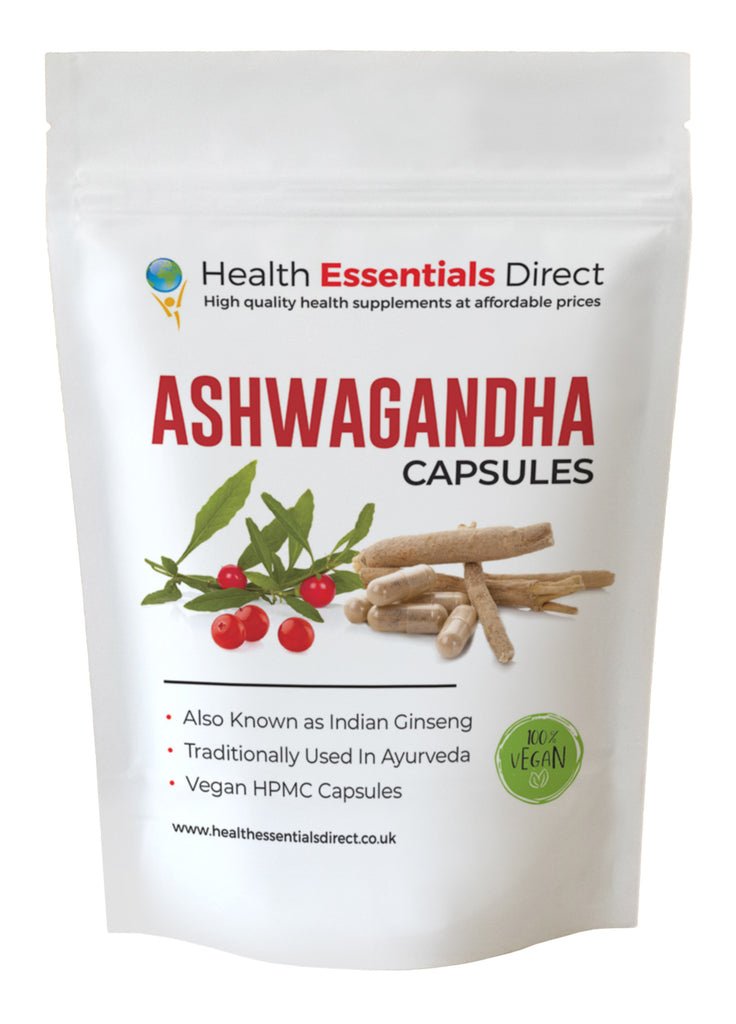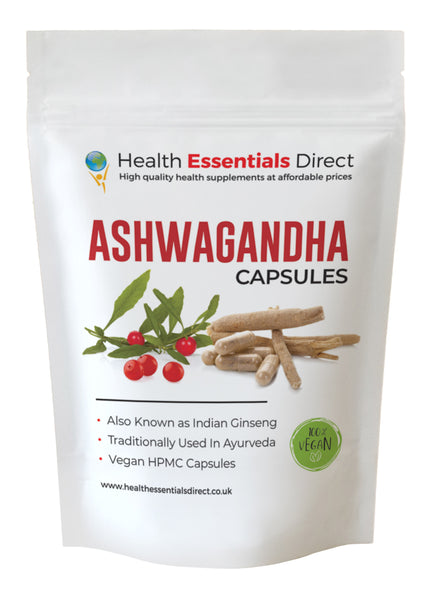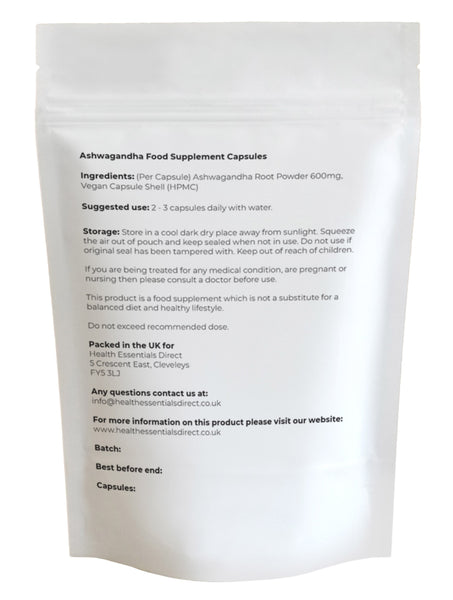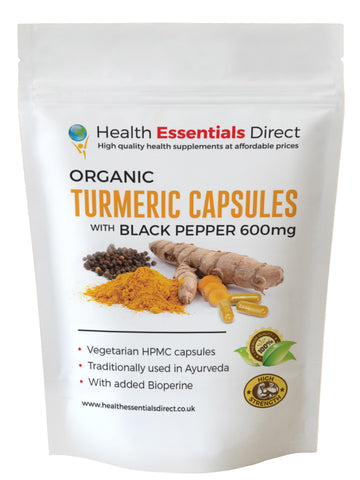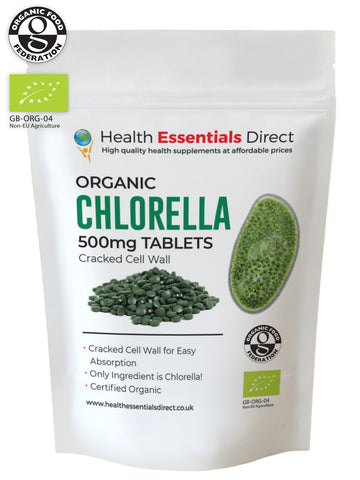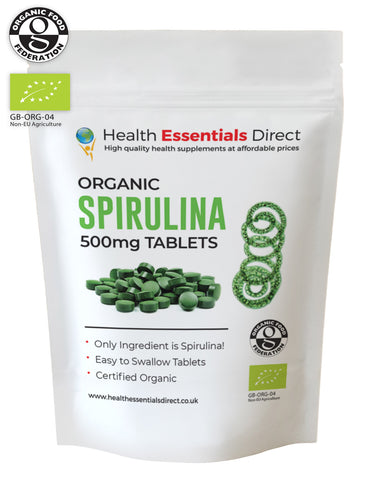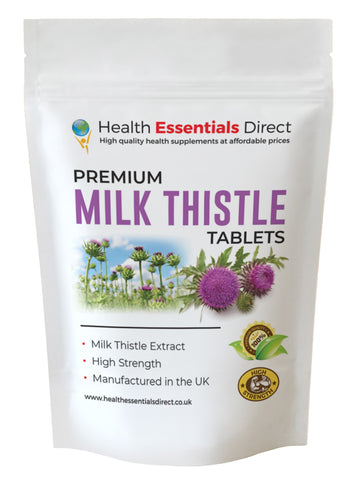Ashwagandha Capsules Strong 600mg (Withania Somnifera, Indian Ginseng)
15Ashwagandha Capsules Strong 600mg
-
Also Knows as Indian Ginseng
-
100% Ashwagandha, No Fillers
-
Vegan HPMC Capsule
About Ashwagandha
The ashwagandha plant (Withania somnifera) is an evergreen plant that is native to India. It was also discovered later to be growing widely in Northern Africa and the Middle East. The most potent and widely used plant parts are the roots. A couple of the common terminologies used to refer to the tuberous roots are Indian ginseng and winter cherry. The term ashwagandha is a combination of two Sanskrit words, ‘Ashwa’ and ‘Gandha’. The latter means that which smells like, while the former means a horse. The name was given as a result of the horse-like odour that comes from the roots. Also, it was believed that taking the roots would give one strength similar to that of a horse.
The ashwagandha plant grows in the form of a relatively short shrub. It only grows to a maximum height of 1.5m upon attaining maturity. The roots of the plant are pointed on the edges and have sizeable flesh in them. They are brown to beige on the inside. After planting, the roots take about half a year to attain maturity. The ashwagandha plant thrives in loose sandy soils with proper drainage. The optimal soil PH range is about 7.0-8.0. Upon harvesting the roots, they are washed thoroughly, sun-dried, and then crushed. After this, they are packaged into different usable forms: tablets, capsules, powder, and liquor extract.
The earliest use of the ashwagandha plant is traced back to more than 6000 years ago. The roots of the plant were consumed in different forms by different groups of people. Some of the most common forms in which the plant extract was taken include crushed powder, poultice, or liquor. The earliest written records on the use of ashwagandha are contained in ancient Indian texts referred to as Vedas. The plant became popular during the Indian civilization era when most people decided to explore new plant species. The Rig Veda stated the role the root played in the Indian society where it was used as a Rasayana. The latter refers to portions that could provide a balance between the human mind, body, and soul. The elderly were the most vulnerable hence they the biggest consumers of the herbal prescription.
One of the most popular narratives on the use of the ashwagandha root was on Punarvasu Atreya, one of the most renowned and revered Hindu sages. He played a key role in developing ancient sacred Indian texts Charaka and Sushruta Samhitas to what they are today. It is believed that ashwagandha topped the list of herbal formulations that he recommended to the reigning king whenever he was low on energy. Some of the pastoralist communities in East Africa added ashwagandha extract to their milk. They believed that this improved the quality and flavour during the coagulation process. Natives in Malawi and Lesotho tied the extract in a piece of cloth and then tied it to different types of skin defects on their skins. They believed that the skin recovered faster, with minimal marks and scars being left behind. To date, most people still include ashwagandha root extract in their delicacies, smoothies, and soups. Those who prefer taking it in its raw form take it with additives as honey and ghee.
- Please note it is against MHRA guidelines for us to talk about any potential health benefits for this supplement however a quick google search on the potential benefits and you may be surprised.
How to use: We suggest taking 2 - 3 capsules a day with water

